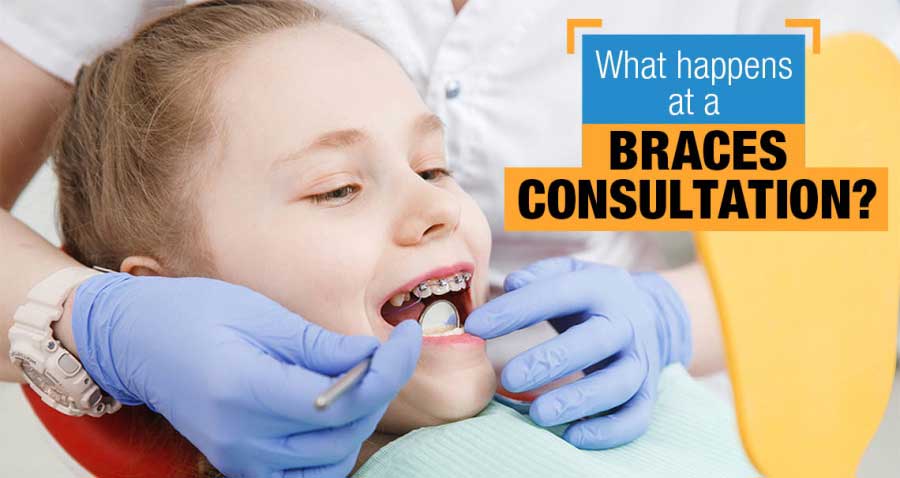Why Cumming Invisalign is the Perfect Choice for a Discreet Orthodontic Solution
Why Cumming Invisalign is the Perfect Choice for a Discreet Orthodontic Solution
Blog Article
Comprehensive Overview to Orthodontics Treatments for Remedying Oral Misalignments
Comprehending the ins and outs of each treatment, including their mechanisms, benefits, and possible drawbacks, is essential in making educated choices regarding one's orthodontic therapy. As we navigate through the thorough overview to orthodontic procedures for dealing with dental misalignments, the elaborate details of each technique will unfold, shedding light on the path toward a useful and unified dental alignment.
Orthodontic Procedures Introduction

Normal modifications and monitoring are important components of orthodontic therapy to make sure progression is on track and to make any needed modifications along the method. By going through orthodontic treatments, people can not just accomplish a straighter smile however additionally boost their overall dental health and wellness and function.
Standard Dental Braces: Just How They Work
When taking into consideration orthodontic treatments for oral misalignments, conventional dental braces stand out as a time-tested method for remedying teeth positioning. Conventional dental braces are composed of brackets, wires, and bands that work with each other to apply constant stress on the teeth, slowly moving them into the wanted positioning.
As pressure is used to the teeth through the braces, the bone bordering the teeth is reshaped to sustain the new tooth settings. People will need regular modifications at the orthodontist's office to ensure the dental braces continue to apply the appropriate pressure for reliable teeth motion.
Undetectable Aligners: Pros and Cons
These clear, custom-made trays are basically unseen when put on, making them an enticing alternative for individuals seeking a more cosmetically pleasing orthodontic therapy. Patients can get rid of the aligners before consuming or cleaning their teeth, reducing the danger of food getting stuck in the device and streamlining the cleaning process.

Surgical Orthodontic Options
Surgical treatments in orthodontics present feasible options for addressing intricate dental imbalances that may not be properly fixed via standard orthodontic therapies. While typical braces and unnoticeable aligners can deal with several orthodontic concerns, local periodontist specific instances call for medical treatment to accomplish optimum results. Surgical orthodontic choices are typically advised for extreme malocclusions, substantial jaw disparities, and situations where the underlying bone framework requires adjustment to attain proper placement.
One common surgical orthodontic procedure is orthognathic surgery, which entails rearranging the jaws to deal with functional problems such as difficulty eating or talking. This see this page surgery is frequently performed in cooperation with an orthodontist that assists straighten the teeth prior to and after the procedure. Surgical orthodontics may additionally entail procedures to subject affected teeth, remove excess periodontal cells, or improve the jawbone to create a more unified facial account.
Before considering medical orthodontic alternatives, clients undergo a comprehensive analysis to identify the necessity and potential advantages of such treatments. cumming orthodontist. While surgical procedure might appear difficult, it can significantly improve both the function and visual appeals of the smile in instances where traditional orthodontic therapies drop short
Retainers and Post-Treatment Care

Post-treatment treatment includes complying with the orthodontist's directions diligently. This may include appropriate dental hygiene practices, participating in follow-up visits, and putting on the retainers as prescribed. Failure to follow post-treatment treatment directions can lead to relapse, where the teeth slowly relocate back towards their original placements. Consistent retainer wear, good oral hygiene, and routine oral examinations are essential for maintaining the outcomes achieved with orthodontic surgical treatment and making sure the long-term stability of the remedied oral placement.
Conclusion
To conclude, orthodontic treatments provide numerous choices for fixing dental misalignments. Traditional dental braces make use of metal brackets and cables to change teeth right into appropriate positioning. Unseen aligners offer an even more very discreet choice however might not appropriate for all situations. Surgical orthodontic options are readily available discover here for more serious misalignments. Retainers are generally used post-treatment to preserve the brand-new alignment. In general, orthodontic procedures can successfully enhance oral wellness and aesthetic appearance.
As we navigate via the detailed overview to orthodontic treatments for correcting dental imbalances, the complex information of each method will unravel, losing light on the course toward a harmonious and useful oral positioning. - aligners
One of the most usual orthodontic therapies is the use of braces, which consist of steel braces and wires that use gentle stress to slowly move teeth into the desired placement.When considering orthodontic therapies for dental misalignments, standard braces stand out as a reliable technique for fixing teeth positioning. Furthermore, invisible aligners may not be ideal for complicated orthodontic concerns that call for even more considerable teeth activity, as they are usually advised for mild to moderate instances. Retainers are personalized orthodontic devices made to hold teeth in their remedied placements after the completion of orthodontic therapy.
Report this page